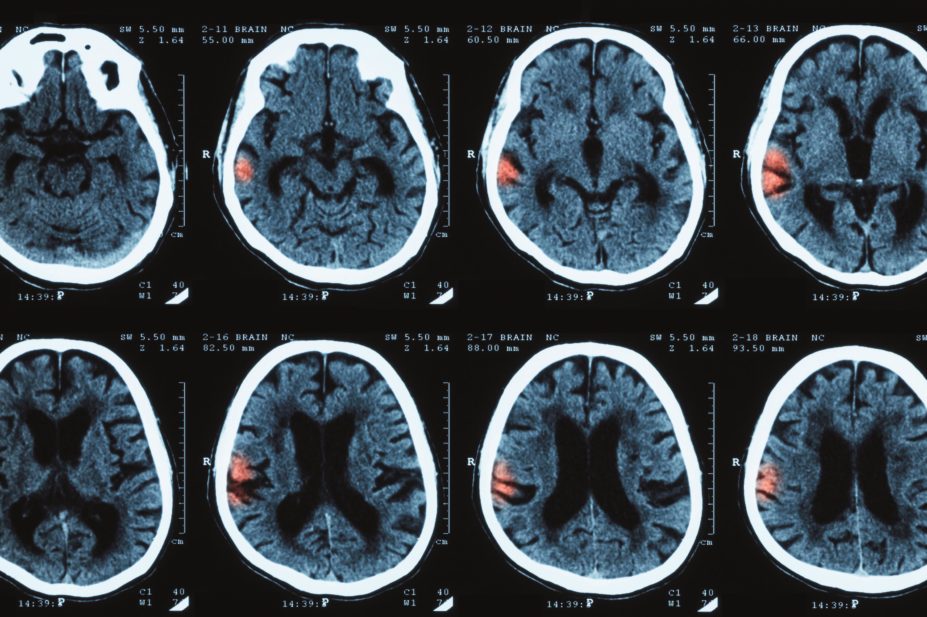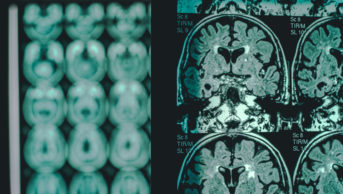
Shutterstock
A reduced dose of a drug traditionally given to stroke patients to decrease their risk of a blood clot can boost survival rates and cut the chances of a major bleed, while retaining most of the benefits of the standard dose, according to new research.
Researchers, led by Craig Anderson, professor of stroke medicine and clinical neuroscience at the Royal Prince Alfred Hospital in Sydney, Australia, set out to discover whether cutting the dose of alteplase in post-stroke patients had any impact on their chances of death or disability compared with those who received the higher standard dose.
“Our trial was driven by concern about high risks of intracerebral haemorrhage with alteplase, particularly among Asians,” say the researchers, who wanted to find out whether a smaller dose had any impact on the chances of a patient having this type of bleed.
“What we have shown is that if we reduce the dose level, we maintain most of the clot busting benefits of the higher dose but with significantly less major bleeds and improved survival rates,” says Anderson. “On a global scale, this approach could save the lives of many tens of thousands of people.”
Patients involved in the study were eligible for thrombolytic therapy and were recruited from 111 centres in 13 countries within 4.5 hours of the beginning of a stroke. The average age of the participants was 67 years and 63% were Asian. A total of 1,654 patients were assigned to low dose alteplase (0.6g/kg) and 1,643 to standard dose alteplase (0.9mg/kg).
Reporting their findings in The New England Journal of Medicine
[1]
(online, 10 May 2016), the researchers found that stroke patients given the lower dose of alteplase instead of the standard dose had a reduced risk of an intracerebral haemorrhage. Major symptomatic intracerebral haemorrhage occurred in 1.0% of patients in the low dose group compared with 2.1% of patients in the standard dose group (P=0.01).
The mortality rate at seven days was 0.5% in the low dose group compared with 1.5% in the higher dose group (P=0.01), although mortality at 90 days did not differ significantly between the two groups (8.5% versus 10.3%; P=0.07).
When the researchers applied the Rankin scale, which defines the severity of disability, they found that more patients in the low dose group were left with a residual disability, such as needing help dressing or walking, than those in the standard dose group.
Derek Taylor, assistant director of pharmacy at the Royal Liverpool & Broadgreen University Hospitals NHS Trust and chair of the UK Clinical Pharmacy Association’s care of the elderly group, says the research findings are “interesting but inconclusive as they present a potential clinical dilemma” for prescribers. The benefits of the lower dose have to be balanced against the risks of disability, he explains.
“I don’t believe that the results of this study will have an immediate effect on prescribing within stroke units,” he adds, saying that further work is needed to determine whether lower-dose alteplase treatment could be targeted toward patients with a higher risk of symptomatic intracerebral haemorrhage.
“Another factor that might delay any immediate change in routine practice is that the newer lower dose is currently unlicensed.”
References
[1] Anderson CS, Robinson T, Lindley RI et al. Low-dose versus standard-dose intravenous alteplase in acute ischemic stroke. NEJM 2016. doi: 10.1056/NEJMoa1515510


